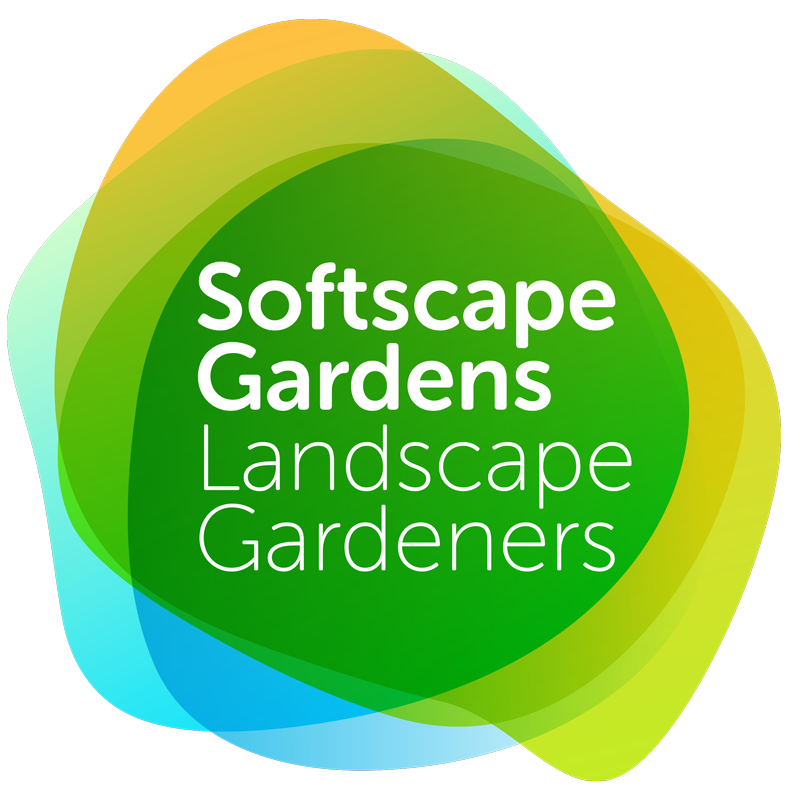Wildlife gardens
With the cities growing in size, the always increasing number of inhabitants, and the green belts savaged for the construction of new developments, it’s more and more common that people nurture the desire of creating around their homes a more natural and diverse environment. Butterflies and bumble bees, birds and hedgehogs can give the feeling, at least for few hours, of living in a closer contact with nature, in a better world. But how to create a garden which can sustain wildlife?
There are three requirements that a wildlife garden must possess to achieve such a result. To attract wildlife a garden must provide food, water, and shelter.
A rich soil plenty of worms, flowers rich of nectar and pollen, seed-heads available through winter would provide foods for some of the animal species mentioned above. Leaving on the ground some of the fruit of an old tree we had found in the garden when we moved in would also be a great source of food for animals. Growing flowers of different shapes would invite different guests: flat-head and daisy shapes are good for bees, trumpet and cup suit butterflies better. Plume, globe, filler, cluster, and spike have each one different species of insects feeding on them.
A small pond built with low banks with easy access to the water for small vertebrates like hedgehogs would be perfect to provide water for wildlife. A metal tub interred flush with the ground in which growing a few aquatic plants would also work for frogs and dragonflies. Even better if you have a small stream (it’s not that difficult to build one). If you have nothing of these, one or more bird baths can provide some water anyway. Just remember to refresh the water regularly and birds and insects will make use of it.
Shelter will be provided by the foliage of plants, stacks of wood or bricks, engineering structures like retaining or boundary walls built with stone gabions. Better to avoid the bug hotels you find for sale because with time they get dirty and quite often plagued with parasites of the bugs you would like to shelter. And the more variety of materials the better. Rubble can fill the gabions, rocks and sand in a corner of the garden can become an inviting place for many animals, a rusty, metal bucket on the bottom of your pond will protect water invertebrates. Every time you can favour loose materials to concreted ones. And always, always avoid artificial grass at all costs: laying artificial grass is the worst thing you could do for your garden.
A wildlife garden doesn’t need to be messy. Diversity is the key. What is important is that it provides the highest possible varieties of plants and habitats. So, stop using the excuse of helping wildlife for not cutting the brambles and nettles at the bottom of your garden. It’s true that some species like the red admiral butterfly need the nettle for their life cycle, but if you let one or two species of plants taking over all the space you limit the number of resources and thus the number of species which can live in that space. Even a manicured garden, with an immaculate lawn but with many different species of plants and varieties of flowers hosts more wildlife than your messy back garden. Brownfields are usually very rich in wildlife because of their diversity of habitats.
Another element very important for wildlife gardens are corridors. That is the existence of horizontal and vertical connections with the surrounding environs. The messy woodland managed by the council at the back of your property, your neighbour’s garden. Trees with branches stretching above the boundaries, a climber growing to the top of your fence a riling down over it, holes in the fence to facilitate the movement of hedgehogs and toads. These are all corridors which allow your garden to become part of a more extended habitat. It will come a time when developers plant the gardens of new developments with these necessities in mind instead of simply cover rubble and clay with turf.
To know more on materials that you can use in your garden read our next post, and for information on why not to use artificial grass see the leaflet published by the Society of Garden Designers.
